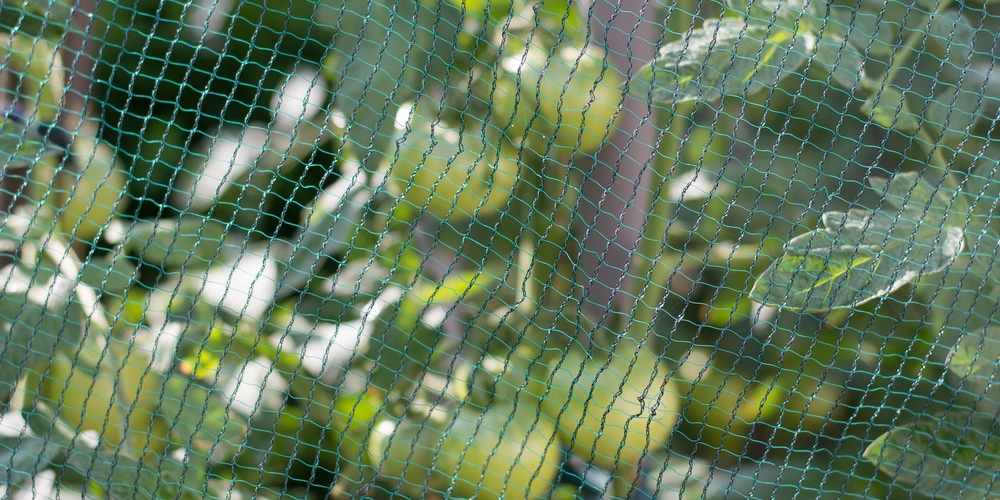Plant covers are commonly used to protect plants in the winter and from extreme cold. Whenever there’s a predicted hard frost or freeze, you can depend on covers to keep your plants relatively warm and safe.
Doing this, however, will require a bit of effort as you’ll need to go out and apply the covering yourself. You’ll wonder, ‘can I cover plants all day and how long can you leave plants covered?’
How Long Can You Leave Plants Covered?

Generally speaking, you should approach plant covers like you would an umbrella or raincoat- only put them on when you’re expecting light or hard frosts. Put them early, and remove them when the frost has passed.
You shouldn’t leave your plants covered for two days straight if you’re using burlap, bed sheets, blankets, and plastic sheeting as it can have an adverse effect on them. It’s recommended that you remove the cover when morning comes so your plant can get essential sunlight, and the heat from the sun won’t get trapped in the cover and toast your plants.
However, if you’re using row covers then it’s probably safe to leave them for weeks, months, or even the whole winter season.
Row covers are specially-made plant covers that have notable features, allowing you to leave them on longer than frost covers. For one, its material lets a significant percentage of sunlight to pass through depending on the specifications (lightweight row covers can allow up to 95 percent of light, while midweight row covers can allow up to 85 percent).
Two, row covers have built-in holes or ‘pores’ that allow a small amount of air in. Air circulates, and the environment won’t get so hot that your plants get burned.
Can I Leave Plants Covered All Day?
Ideally, you’ll want to place the covers over your plants before the sun sets, then take the covers off when you get up in the morning. This might become your daily routine as long as the weather forecast says there will be cold weather and possible hard frosts or freezes.
This applies to old bedsheets, plastic, home blankets, and frost blankets, among others. Also, you won’t need to do this for all your plants- just cover the ones that will be affected or most likely die from prolonged cold spells.
Layer covers depending on the temperature. So, how cold is too cold for outdoor plants? The general rule of thumb is 28 degrees F, or minus 2 degrees C that’s prolonged for five hours or more.
Seedlings and young plants are a different matter- they’re more susceptible to frost and will succumb if left exposed to 32 or 33 degrees F (or zero degrees C). The numbers may fluctuate for warm-loving plants such as tropical species.
For potted plants, you won’t have to leave them out in the yard or garden and hope that they survive under the cover. You can just bring them in and put them out again the next day, or have your plants stay temporarily by a window that gets bright light.
Should I Cover Up My Plants?
You can take the guesswork out of wondering whether you should cover your plants or not by checking on two things- where you are in the US growing zone, and what your plant’s recommended growing zones are.
All plants will have a range of growing zones where they can thrive and be unaffected by the climate. For instance, pepper plants are rated to grow in USDA zones 9 to 11, which means they will have a difficult, if not impossible time surviving winters in zones 8 and below.
The same goes for cold-loving plants- they may not be able to survive hot summer days in regions outside their recommended zones.
Plants that grow in their recommended zones will usually not require a cover in winter. However, there are a few varieties that will not survive a hard frost or freezing temperatures, e.g vegetables and tropical plants, and will therefore require a covering of some sort.
How long can you leave plants covered: Conclusion
Cold-hardy plant species can usually survive winters and spring back to life as the ground starts to warm up. If this is the case, then putting a plant cover is optional and only if you don’t want your plant to appear worse for wear after the cold season.
You May Also Like: Should You Cut Grass Shorter in the Fall?

